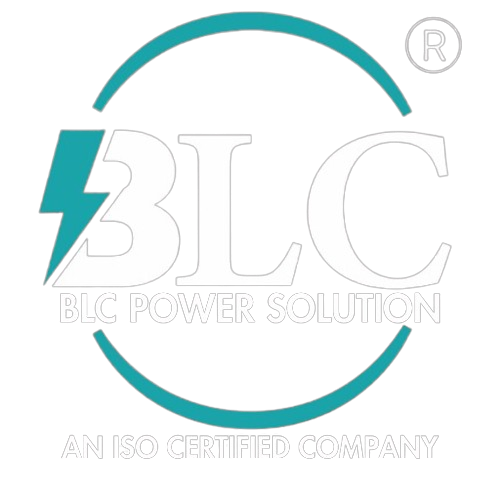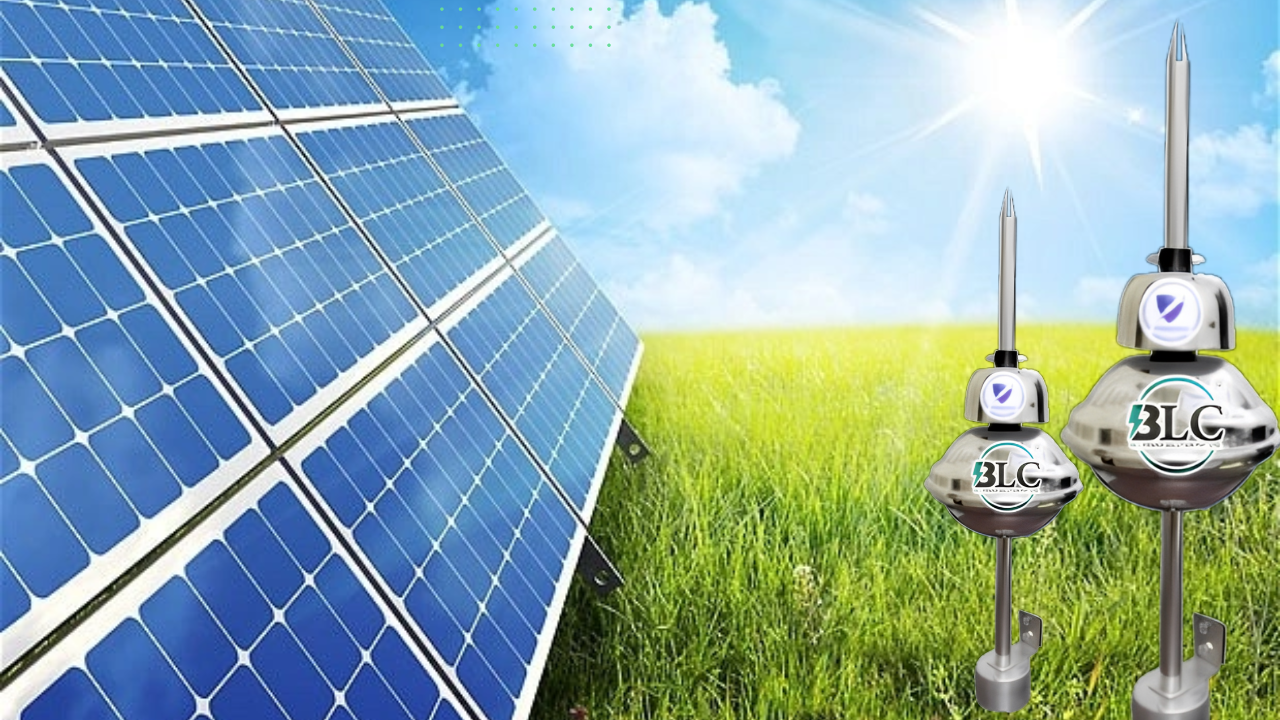In the context of uncontrolled forces surrounding electricity, it is important to keep your electrical systems safe from worrisome situations around electricity. One of the main components of lightning indicators is the lightning arrester. These are designed to divert and release large amounts of electrical energy. These arresters serve as the first line of defense to stop electrical signals. They secure select supplies and infrastructure that provide uninterrupted power to communities and industries.
How do lightning arresters protect against power surges?
Lightning arresters provide protection against power surges. These quietly direct the high voltage currents that would flow into the electrical system, and in doing so do not affect the surrounding electrical equipment and appliances. These keep unpredictable energy flowing into the ground, keeping nearby businesses and people safe. Lightning arresters are designed to direct various types of energy currents, providing excellent stability and protection to equipment and plants. Thus, lightning arresters are of utmost importance for all types of electrical systems, as they ensure the necessary protection against unexpected lightning signals.
What factors should be considered when selecting and installing lightning arresters?
When selecting and installing a lightning arrester, several key factors must be considered.
First, the user should understand the requirements of his electrical system and select the arrester accordingly.
Secondly, the efficiency and long life span of the arrester must be taken into account.
Third, proper location and installation procedure must be passed, so that the arrester can be easily moved in the direction of lightning signals.
Fourth, the quality of the arrester, certification, and reliability of the manufacturing company should be evaluated. Finally, arresters must be periodically inspected and maintained to ensure they function properly and keep the electrical system safe.
What role do lightning arresters play in safeguarding electrical systems?
Lightning arresters play an important role in protecting electrical systems. These quietly direct the high voltage currents that will flow into the electrical system, and by doing so, do not affect the surrounding electrical equipment and plants. These keep unpredictable energy flowing into the ground, keeping nearby businesses and people safe.
How to Install a lightning arrester ?
Follow these steps to install a lightning arrester:
Selection of location: Select a suitable location to install the arrester. This location should be high enough to be installed against the sky, allowing it to capture lightning signals.
Plant Preparation: Before installing the arrester, prepare the plants. This includes connecting plant frames and electrical wires with arresters.
Installation of arrester: Install the arrester and connect it to the electrical wires of the plants. Close the arrester tightly and ensure that it is deposited as per the conformance.
Connection to plants: Connect the arrester to the power lines of the plants and ensure that the arrester is operating properly after connection.
Inspection and Testing: After installing, inspect and test the arrester. This will ensure that the arrester is working correctly and will keep the system safe.
By following these steps you can successfully install lightning arrester in your plants. If you encounter any problems with arrester installation, it may be helpful to contact a professional engineer.
Lightning arresters are extremely important in keeping electrical systems safe. They neutralize the emission of extraneous energy that occurs in lightning signals, and thus protect surrounding equipment and plants. Furthermore, they provide protection against fire and ensure electrical safety through proper grounding. In this way, lightning arresters play an important role in keeping our electrical systems safe.





